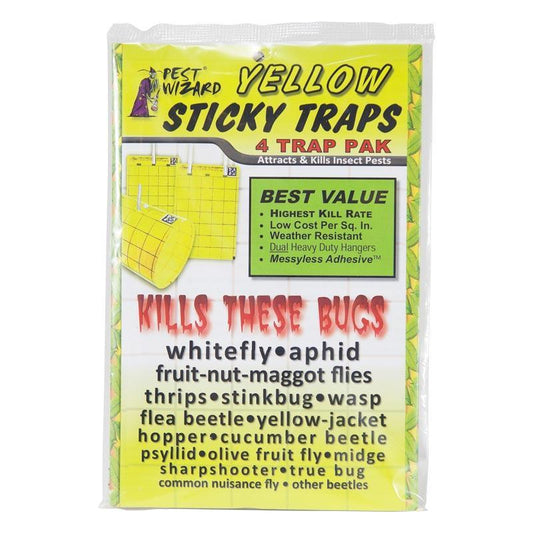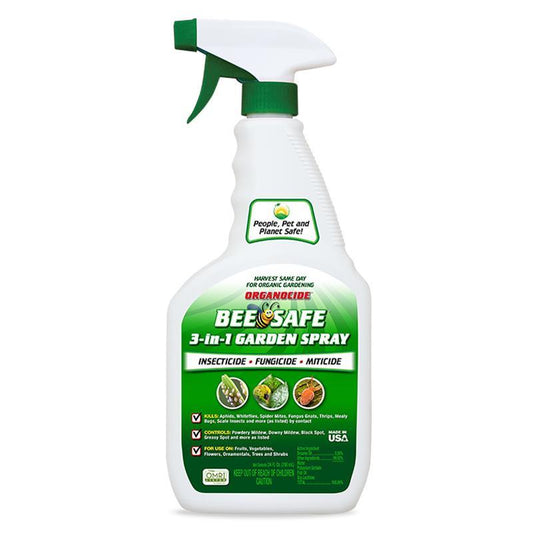Caring for Pea Plants with Fungus
Your peas are growing beautifully, putting up springy tendrils and delicate white blooms. You're anticipating fresh peas on your dinner table and then, it happens. Suddenly, your peas aren't looking so good. Maybe the leaves have sprouted disturbing white spots overnight or those beautiful blue leaves have turned blotchy.
The helpless feeling creeps up, and you're wondering what's wrong with my peas? Can I make it better or are they lost? If you're asking those questions you've come to the right place. Peas are a relatively trouble-free crop and are a great first plant for novice gardener, but there are a few of problems to keep an eye out for.
The big three when it comes to peas are pea enation virus, powdery mildew, and root rot.

Pea Enation Virus causes deformed pods like the one above.
Pea Enation Virus
What it looks like:
What do I do?

Powdery Mildew
What it looks like:
 There are several types of root rots common among peas. Above is an example of black root rot caused by Thielaviopsis basicola. Photo by: Bruce Watt, University of Maine, Bugwood.org.
There are several types of root rots common among peas. Above is an example of black root rot caused by Thielaviopsis basicola. Photo by: Bruce Watt, University of Maine, Bugwood.org.
Root Rot
What it looks like:
Didn't see your problem? Check out this guide from the University of Wisconsin. The guide includes pictures and treatment guides for twenty different pea disorders.
Conclusion
Keeping your pea plants healthy doesn’t have to be a mystery. Whether you're spotting white spots on pea leaves, noticing stunted growth, or seeing unusual blotches on your snap peas, understanding the most common pea plant diseases—like pea enation mosaic virus, powdery mildew, and root rot—can help you take quick and effective action. Prevention is key: maintain good air circulation, use resistant varieties, monitor pests like aphids, and practice proper crop rotation.
For a healthy, thriving crop, stay informed about snap pea diseases and watch closely for early symptoms—especially white spots on snap peas or yellowing pea plant leaves. You can also explore pea seeds for sale to select disease-resistant varieties and use products from organic disease control collections to manage problems naturally. With the right tools and knowledge, you can enjoy a strong, productive harvest all season long.
FAQ: Common Questions About Pea Plant Problems
-
What causes white spots on pea leaves?
- White spots on pea leaves are most commonly caused by powdery mildew, a fungal disease that thrives in dry conditions with limited airflow. Other possible factors include pest damage or overly lush foliage due to excess nitrogen.
-
Are white spots on snap peas safe to eat?
- If you see white spots on snap peas, they’re likely due to fungal infections or physical scarring. While minor blemishes might not affect edibility, it's best to avoid eating peas with signs of mold, softness, or a sour smell.
-
What are the most common snap pea diseases?
- Common snap pea diseases include pea enation mosaic virus, powdery mildew, root rot, and occasionally downy mildew. These issues can reduce yield and flavor, so early detection is important.
-
How can I prevent pea plant diseases?
- To prevent pea plant diseases, plant in well-drained soil, avoid overcrowding, rotate crops every 3–5 years, use disease-resistant varieties, and monitor for pests like aphids that spread viral infections.
-
How do I treat white spots on pea leaves naturally?
- To treat white spots on pea leaves naturally, improve air circulation, avoid overhead watering, and apply organic fungicides—such as sulfur-based sprays or biological treatments like Bacillus subtilis (e.g., Serenade)—at the first sign of disease.







